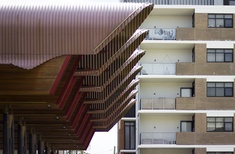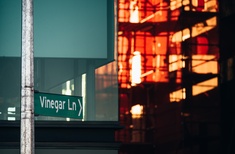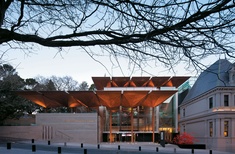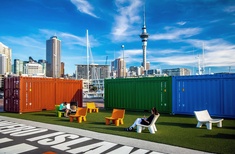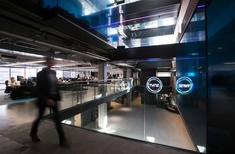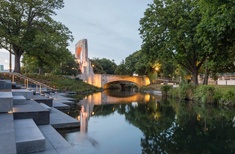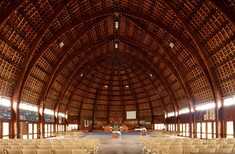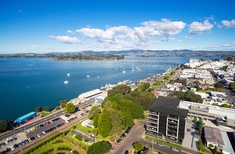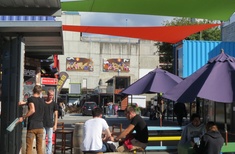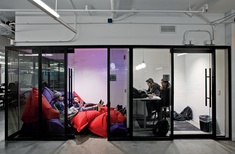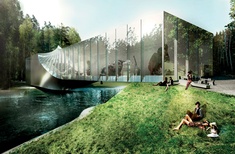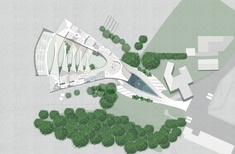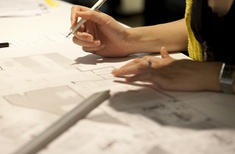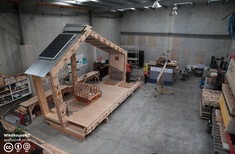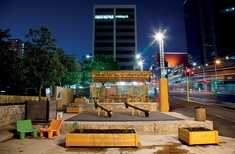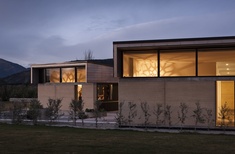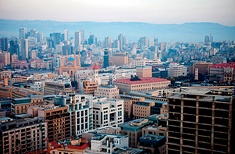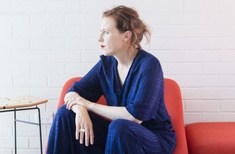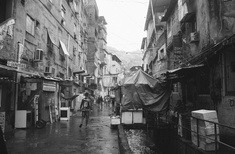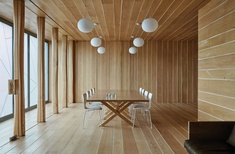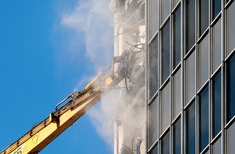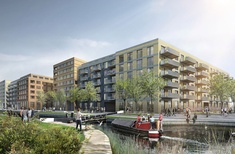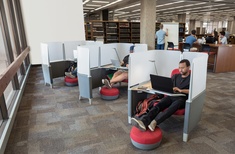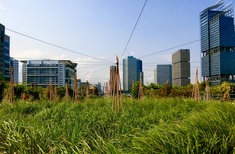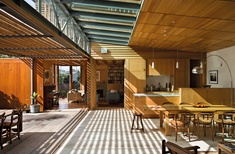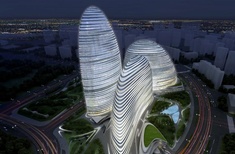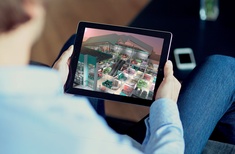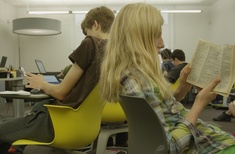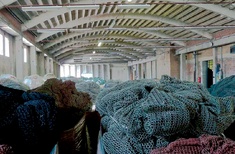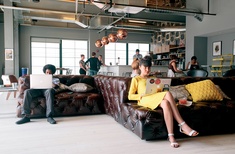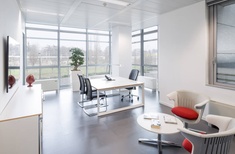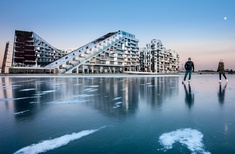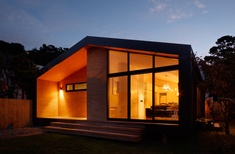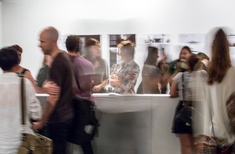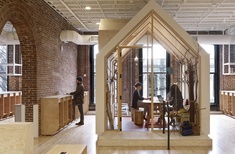Practice
RSSNick Sargent writes on a new high-density development taking shape in Sydney, and some implications for Auckland.
In the heart of Ponsonby, an exciting new project offers a unique proposition in terms of mixed-use, medium-density housing.
Warren and Mahoney’s John Coop writes on countering homogenisation of architectural work through the understanding of identity.
David Batchelor, creator of Wellington City Heritage Week 2017, asks if we can purposefully create new historic places.
Benje Feehan, associate director at Ignite Architects, writes on why design shouldn’t just be for architects.
Acoustics engineer Christian Vossart writes on creating optimal acoustics design in TVNZ’s newly refitted headquarters.
Mike Thomas, landscape architect at Jasmax, discusses the role of landscape architecture in city making.
Bill McKay and Jason Mann explored Tongatapu to discover its architectural gems and created a series of routed visitor maps.
Damian Simpson of Ignite Architects writes, “Retail and commercial opportunities must be invited back into our CBD.”
Urban development professions need to take responsibility for social environments, writes David Batchelor, planner at Beca.
Bill McKay asks if the Grenfell fire could happen here in New Zealand and looks at the ACP cladding system.
Jane Hill and Te Ari Prendergast investigate how architects can equip today’s learners for an ongoing climate of change.
Warren and Mahoney’s Mat Brown writes on why architects need to become experts in engaging with the media.
Thomas Denhardt investigates how architects can improve the lives of those who are diagnosed with Autism Spectrum Disorder.
Does the term “woman architect” render women in architecture as second-class citizens in the business? Karen Burns discusses.
Amelia Melbourne-Hayward chats with the co-founders of WikiHouse New Zealand to find out more about the open source project.
A look at how interiors are increasingly influencing outdoor public spaces in unexpected ways.
Architect Min Hall looks at how we can increase awareness and uptake of the many forms of natural building in New Zealand.
Lee Hillam reflects on the long-hours culture in architecture and asks: What is the real cost of this exploitative practice?
Thomas Denhardt examines Lebanon’s conflict-filled history and asks, “What is the architect’s role during war and conflict?”
How can generosity and flexibility effect change in the architecture profession’s notoriously rigid workplace culture?
Abel Feleke reports on how social connections in slum neighbourhoods might inform future architectural interventions.
Partner Content: Intergrain finishes have been used to outstanding effect in this handcrafted, timber-clad interior by Bates Smart.
The first in an ongoing series by Bill McKay and Jason Mann on the long-neglected architecture of the South Pacific.
Guy Marriage investigates the effects of the recent 7.8-magnitude Kaikoura earthquake on Wellington’s city buildings.
From accommodation to cars and furniture: Lynne Elvins explores what the new economies can offer the interior’s world.
Partner Content: Most people think about privacy in terms of other people bothering us, but it’s really about control.
The newly-appointed chair of the World Green Building Council, Lee Siang Tai, discusses how we can create sustainable cities.
New Zealand architects use a wide range of architectural devices to control natural light in the home.
Editor of Architecture New Zealand, Justine Harvey, writes on ensuring architects are credited in the media.
Martin Leitch explores how buildings and the people who run them are being transformed by the digital revolution.
Partner Content: A Steelcase report into how space can help improve student attention, engagement and learning outcomes.
Fabrizio Calenti discusses his company’s quest to turn post-consumer waste products into nylon yarn for the carpet industry.
Are co-working spaces coming of age? Camille Khouri gauges the popularity and feasibility of these peculiar working zones.
Partner Content: A Steelcase research study on the links between employee engagement and workplace satisfaction.
As urban house prices in New Zealand soar, are we in danger of building socially stratified, exclusive cities of privilege?
Skincare company Aesop has used branding, sophisticated e-tailing and in-store experience to build a formidable brand name.
Two Kiwi designers who specialise in sustainable architecture discuss how we can maximise energy efficiency in our homes.
New research discusses how the architectural profession might better support its members through periods of mental illness.
From Airbnb to Lego, new book Spaces for Innovation explores how well-designed workspaces affect creativity.

